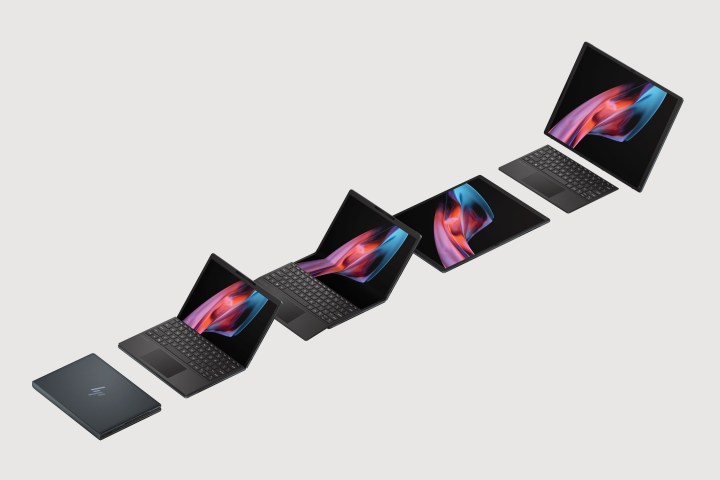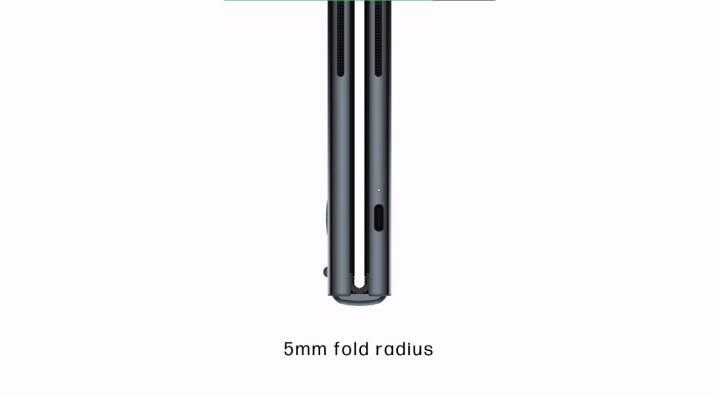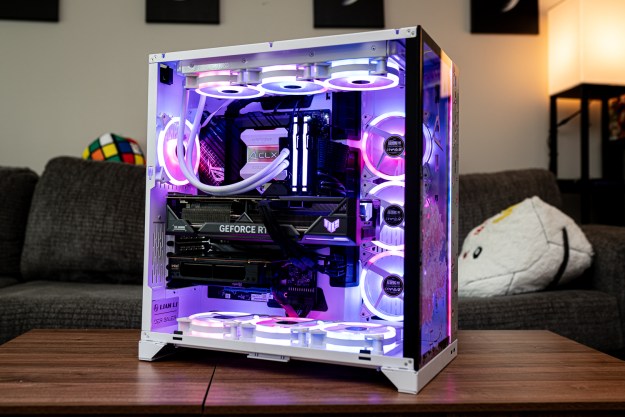
We’ve seen a handful of foldable PCs over the past couple of years, such as the Asus Zenbook Fold 17, but HP might be the one that finally nails the design. The HP Spectre Fold looks like the answer foldable laptops have been waiting for, except for one major issue — its price.
At $5,000, it’s the most expensive foldable we’ve seen so far. It’s $1,500 more than the Zenbook Fold 17, and twice the price of the Lenovo ThinkPad X1 Fold Gen 2. How does HP justify the price? It all comes down to design.
HP has staked the claim of releasing the world’s smallest and thinnest 17-inch foldable PC. Much of that has to do with the battery, which HP distributed across the machine to balance the weight regardless of the orientation you use the device in.

The HP Spectre Fold features a 17-inch 2.5K (1920 x 2560) resolution OLED touch display, with a 3:4 aspect ratio, 400 nits standard brightness and 500 nits brightness in HDR, 99.5% DCI-P3, VESA True Black HDR 500, and TÜV+Eyesafe. The display is also the first foldable screen that is Imax Enhanced certified. Though this device introduces a foldable panel and integrated hinge, HP said the testing done on the display is on par with the standards of its traditional laptops.
It’s the 3-in-1 nature of this device, as HP refers to it, that makes it stand out. The HP Spectre Fold folds into a 12.3-inch laptop, but it also includes a one-and-a-half screen expanded mode where you can slide down the keyboard for an extended view. It also has a dual screen extended mode for when you remove the Bluetooth keyboard.
In addition, its built-in kickstand allows for the device to be used in a desktop or standing tablet style. Even more impressive is that HP is able to manage all of these modes. You can snap windows to the bottom of the display in its laptop mode, and view multiple windows when you detach the keyboard (which charges while magnetically connected to the device).
The artificial intelligence support within the Spectre Fold enables several features, including, walk away lock, wake-on approach, auto screen dimming, and privacy alerts.

Hardware on the Spectre Fold PC includes the 12th-gen Intel Core i7 processor and Intel Iris Xe graphics, in addition to 16GB of memory and a 1TB SSD. There’s a 6-cell, 94.3 watt-hour battery, which HP claims can support 12 hours of power in laptop mode and 11 hours in desktop mode. For software, the device runs Windows 11.
Connectivity includes Wi-Fi 6E and Bluetooth 5.3, while the foldable features a 5-megapixel camera, which includes a privacy switch. Input includes two Thunderbolt 4 ports with a 40Gbps signaling rate, including support for USB Power Delivery and DisplayPort 1.4.
The HP Spectre Foldable is available for preorder as of Thursday at BestBuy.com for $5,000, and will also sell at HP.com and Best Buy locations in limited quantities starting in October. HP says more regions will receive the device later this fall.
Editors' Recommendations
- HP launches a new gaming laptop and HyperX accessories
- Samsung’s new OLED gaming monitor might have a problem
- This new Windows 11 shortcut made using my PC so much easier
- As a pro PC builder, here are 5 building tips no one tells you
- Logitech’s new Pro X peripherals are stunning, but I only recommend one of them






